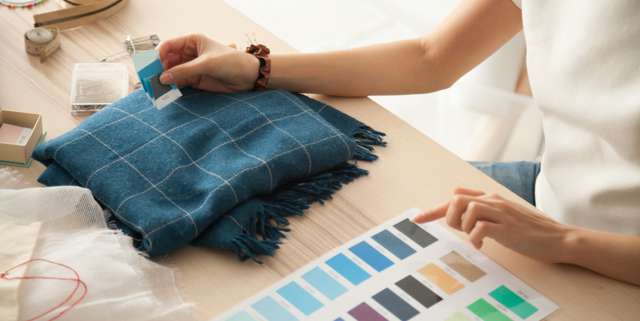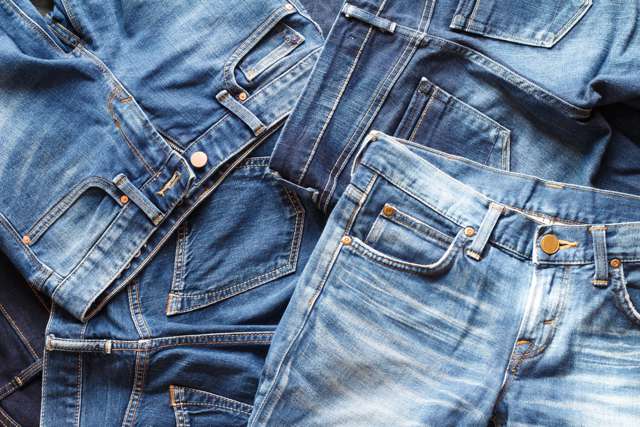
When it comes to color measurement for textiles, accuracy is essential. In today’s highly competitive markets for fabric-based products, such as apparel and home decorating, companies rely on the slightest nuances in color to distinguish their brands. Therefore, when measuring the color of a sample, textile manufacturers must be careful to ensure the integrity of every aspect of the process. However, in these efforts, manufacturers inevitably face the problem of determining how to prepare the textile samples for accurate color measurement. If a sample is prepared incorrectly, it can lead to an inaccurate reading, resulting in an oversight of the problem with a color or unnecessary action to resolve an error that doesn’t actually exist. Either way, the disruption of an inaccurate measurement can reduce the efficiency of the manufacturing process and potentially lead to costly mistakes. As such, it is best to be sure that every textile sample is adequately prepared for spectrophotometric analysis from the start.

Measuring the color of denim will likely require a different preparation technique than measuring the color of silk. Image Source: Shutterstock user marigold-y



